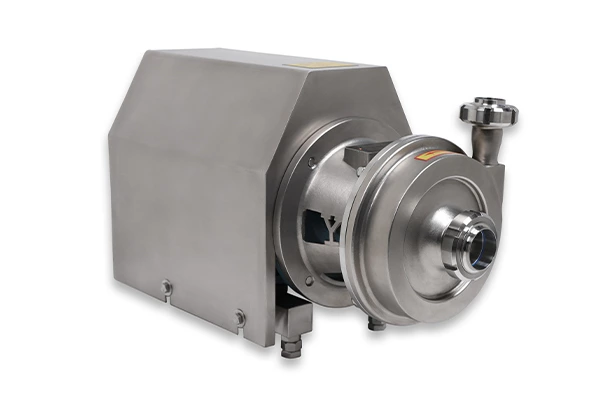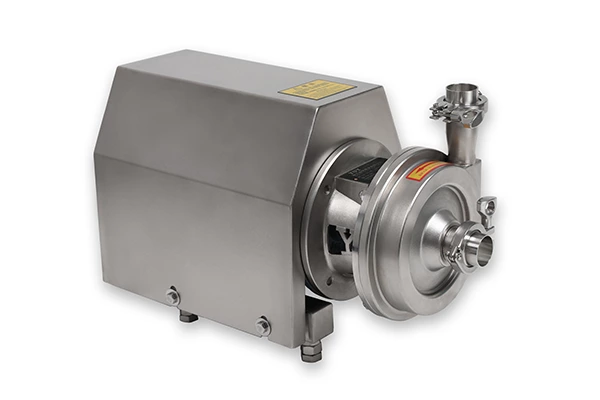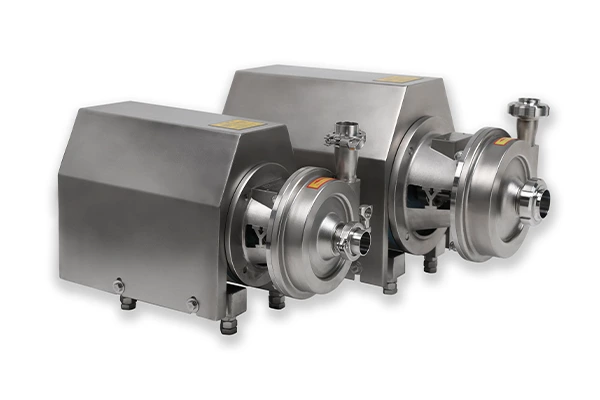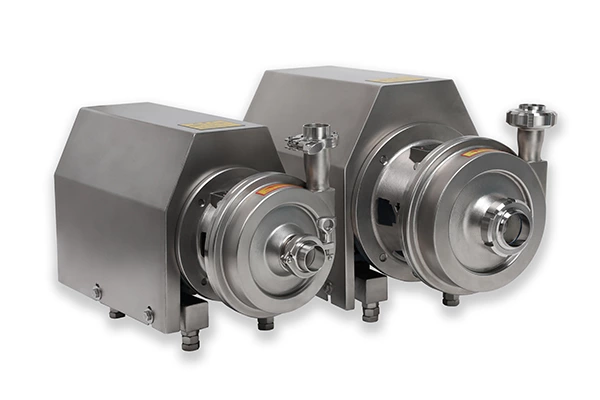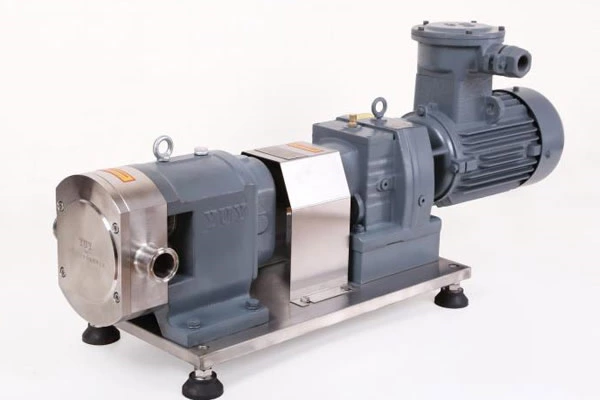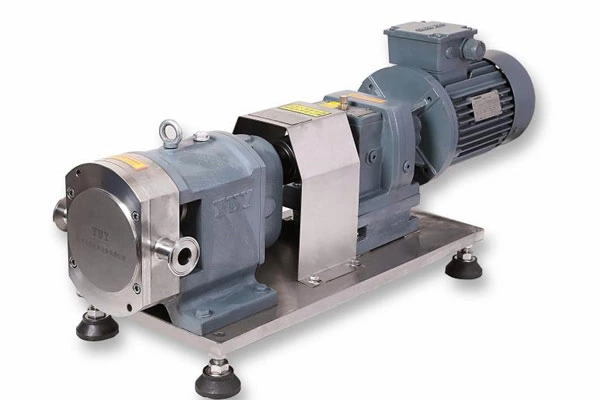Several Requirements When Purchasing Sanitary Centrifugal Pumps
The Sanitary Centrifugal Pump pumps usually used in buildings include sanitary centrifugal pumps, submersible sewage pumps, vertical sewage pumps and horizontal sewage pumps. Since the space in the building is generally small and the drainage volume is not large, sanitary centrifugal pumps can give priority to submersible sewage pumps and submersible sewage pumps, among which submersible sewage pumps are generally used in important places; vertical sewage pumps and horizontal sewage pumps require the installation of seismic isolation foundations, self-priming water absorption, and occupy a certain space, so they are rarely used in buildings. When selecting a pump, you need to pay attention to the following matters.
1. The flow rate of the sanitary centrifugal pump should be selected according to the designed second flow rate of domestic drainage; when there is drainage adjustment, it can be selected according to the maximum hourly flow rate of domestic drainage. The flow rate of the sanitary centrifugal pump in the fire elevator sump is not less than 10L/s.
2. The head of the sanitary centrifugal pump is determined by the lifting height and pipeline loss calculation, and then a certain free water head is added. The free water head should be 0.02~0.03MPa. The flow rate of the suction pipe and outlet pipe of the sanitary centrifugal pump should not be less than 0.7m/s, and should not be greater than 2.0m/s.
3. When the motor power of the sanitary centrifugal pump is greater than or equal to 7.5kW or the outlet diameter is greater than or equal to DN100, a fixed auto-coupling device for the pump can be used; when the motor power of the submersible sewage pump is less than 7.5kW or the outlet diameter is less than DN100, a hose mobile installation can be installed. When the sewage collection tank is drained by a sanitary centrifugal pump, a fixed auto-coupling device for the pump should be installed to facilitate the maintenance of the pump.
Several requirements for purchasing sanitary centrifugal pumps
4. In public buildings, a spare pump should be set for each domestic drainage collection tank as a unit, and it is advisable to operate alternately at ordinary times. For the drainage of the basement, equipment room, and garage flushing ground, if there are two or more sanitary centrifugal pumps, the equipment pump can be omitted. When the water collection tank cannot be equipped with an emergency drain pipe, the water pump should have an uninterrupted power supply; when the drainage inlet pipe can be closed, the uninterrupted power supply may not be provided, but an alarm device should be provided.
5. When lifting sewage and wastewater with large impurities, the outlet pipes of sanitary centrifugal pumps in different water collection tanks should not be combined for discharge; when lifting general wastewater, the outlet pipes of sanitary centrifugal pumps in different water collection tanks can be combined for discharge according to actual conditions.
6. When two or more water pumps share a water outlet pipe, valves and check valves should be installed on the outlet pipes of each water pump. When a single water pump may cause backflow, a check valve should be installed. It is not allowed to combine the pressure drain valve with the gravity drain pipe in the building for discharge.
7. When the sanitary centrifugal pump lifts large debris, the sanitary centrifugal pump should be equipped with a crushing device; when lifting sewage containing more fiber, a large-channel sanitary centrifugal pump should be used.
8. The sanitary centrifugal pump should be able to start and stop automatically and start and stop manually on site. Multiple water pumps can be operated alternately in parallel or put into operation in sections.




